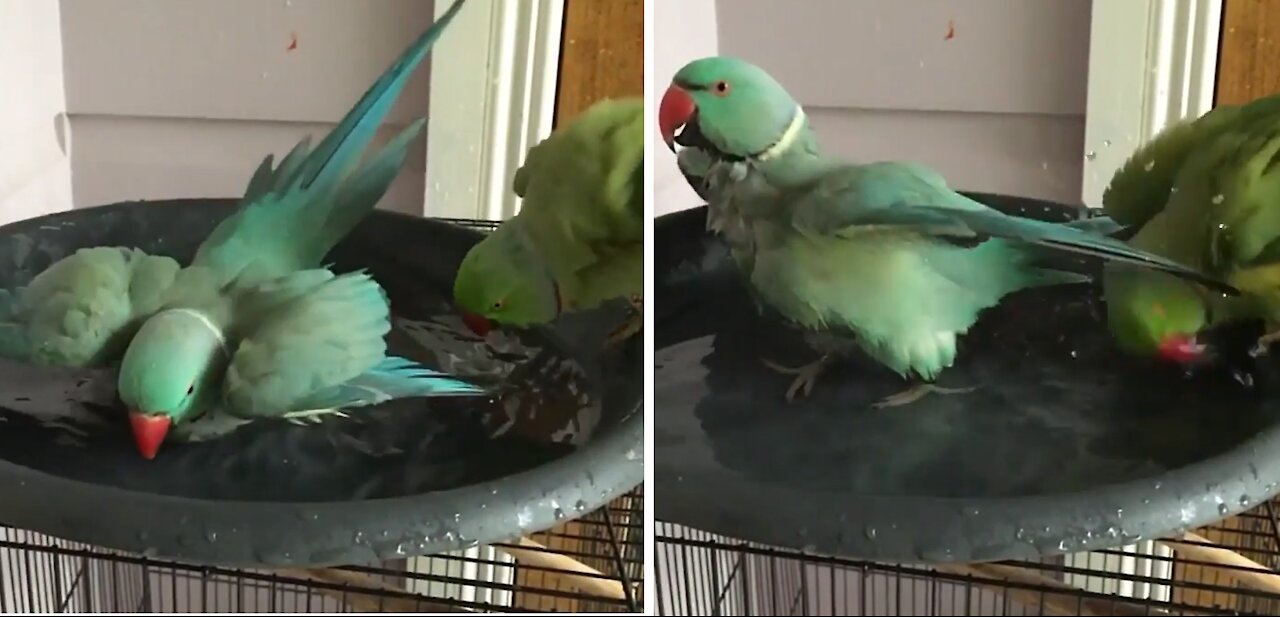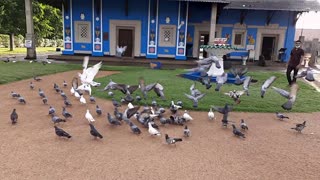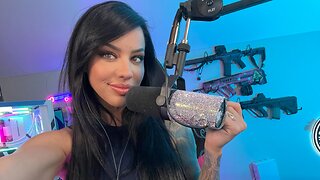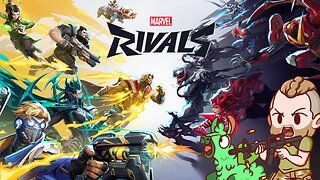Premium Only Content

Slow motion of 2 parrots bathing
Parrots And Water
What you need to know about parrots and water?
Sounds simple, doesn’t it? “Provide plenty of fresh water for drinking”. Yet there is much more to water and your parrot’s water needs than the obvious. Should you be using purified or filtered water; should you add vitamins and/or minerals; how about the addition of sanitizing agents to fight viruses, yeasts or bacteria? How about water containers – a water bottle, a tube-style water dispenser, a nipple waterer, a plain cup, or a bathing dish? How many? Where? What about bathing and showering?
Bottled, Filtered or City Water
Although I speak to many parrot owners about the advisability of using bottled or filtered water, in general my advice is based on what you would do for yourself. If you are on a city water system, you can generally assume that water safe for human consumption is okay for pets too. Some humans don’t think much of their city water however, and purchase all kinds of filters and purifiers or commercially obtained “spring” water. If you feel strongly about this issue, go ahead and use these more costly water strategies for your pet parrot too. However, large parrot breeders can rarely justify the use of such systems. Fortunately, we certainly do not see a lot in the medical literature to suggest that water from city systems or wells that have been approved for human consumption can cause problems in birds. Water from hoses, barrels, or stored in open plastic containers can become contaminated with bacteria – always use water from a fresh running source whenever possible. A much bigger problem in terms of contamination has nothing to do with the source but everything to do with the water’s fate once it leaves the tap.
Water stays safe for drinking when bacteria, viruses, and other micro-organisms are not present in large numbers. Protecting the water from air-borne contamination – or more direct contaminants – is important. Always place drinking cups or bathing dishes as far away from an overhead perch as possible. If you frequently find feces in the water, move the dish. Hooded dishes, water bottles, and nipple waterers (boxes or multiple line waterers with a metal peg that is moved upwards in a metal sleeve to obtain a spurt of water drops) are also available, but they have a down-side in that they can be harder to sanitize. Yet water bottles and other devices which reduce the surface area of drinking water available for contamination (via feces or airborne fecal particles) will normally reduce problems with many common infectious diseases. Training your parrot to use a water bottle is usually simple. Even my gouldian finches learned how to use a water bottle within a day or two, and they are not exactly known for their high intellect! No nuclear scientist careers for those two. To train them however, I simply placed the water bottle above their regular water dish (emptied), and squeezed the bottle gently until a drop was actually hanging from the spout. Your bird will likely figure it out shortly, but choose an introduction time when you can be home to closely monitor the bird to ensure that it is drinking. Water bottles must have their water changed daily, just as you would with a dish. Just taste old water from a water bottle and see how much you like it! Plus, bottles occasionally develop an air bubble in the spout, making the bottle look full, but preventing the parrot from getting any water at all. A daily change ensures that no parrot goes without water too long, as well as keeping the water hygienic and palatable. For most water containers, a double set should be purchased. This means that a clean and dry container is always ready to go, leaving you with more time to clean the other dish – even allows for use of the dishwasher, which is a great option. Don’t just empty the water dish or cup, rinse it, and re-fill. Bacteria like Pseudomonas find this no obstacle.
-
 0:09
0:09
Kwilliams90
3 years agoSlow Motion Explosion
82 -
 0:08
0:08
S14Sandeepa
3 years agoAmazing Bird Slow Motion
263 -
 4:10:31
4:10:31
Alex Zedra
7 hours agoLIVE! Come hang!
42.7K6 -
 3:35:23
3:35:23
The Original Next Level Gaming
14 hours agoNLG Thursday Night at the Arcade!
82.9K2 -
 3:36:23
3:36:23
Llama Noises
10 hours ago $4.92 earnedKicking Names and Taking Ass: Marvel Rivals
45.1K -
 1:08:32
1:08:32
The Charlie Kirk Show
7 hours agoTHOUGHTCRIME Ep. 72 — Self-Sterilizing Libs? 2032 Armageddon? Worst Super Bowl Ever?
117K44 -
 1:14:02
1:14:02
Donald Trump Jr.
14 hours agoThe USAID Truman Show, Interview with Mike Benz | Triggered Ep.214
157K218 -
 1:37:34
1:37:34
Precision Rifle Network
1 day agoS4E4 Guns & Grub - You Can't Handle The Truth!
28.4K -
 56:14
56:14
Flyover Conservatives
1 day agoSick, Tired, & Foggy? The TRUTH About What’s Living in Your Gut! - Dr. Jason Dean | FOC Show
104K6 -
 34:24
34:24
Kimberly Guilfoyle
14 hours agoFaith, Fairness, and a Better Future: Live w/ Joy Pullmann & Elizabeth Mitchell | Ep.194
177K32